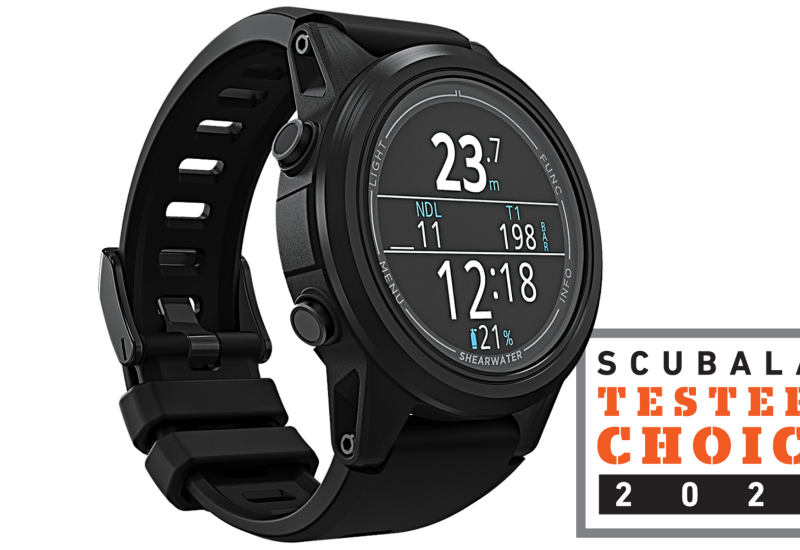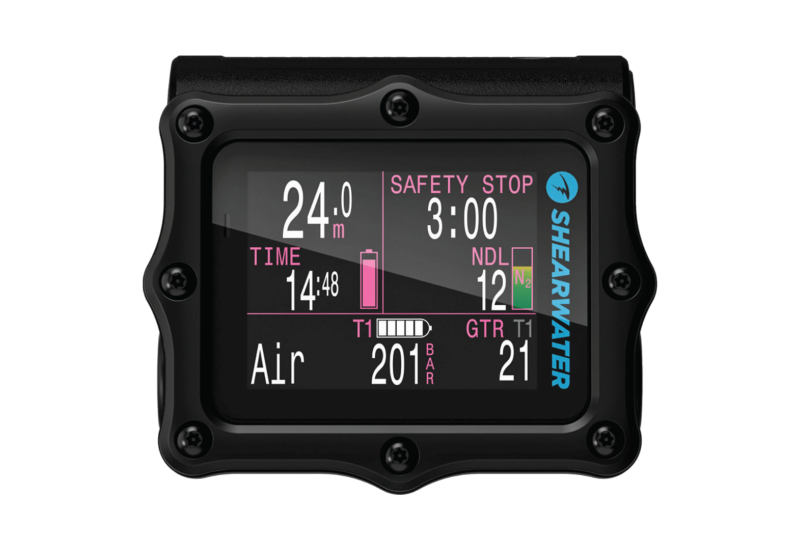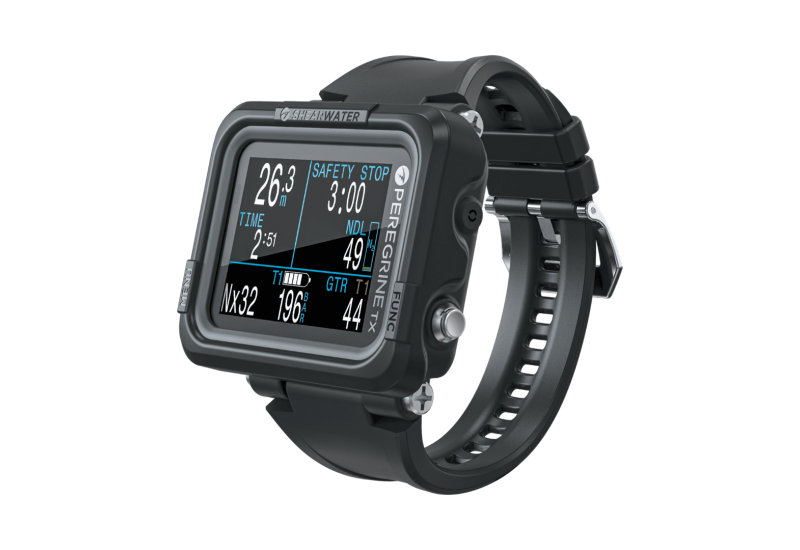Everything’s Coming Up Corals!
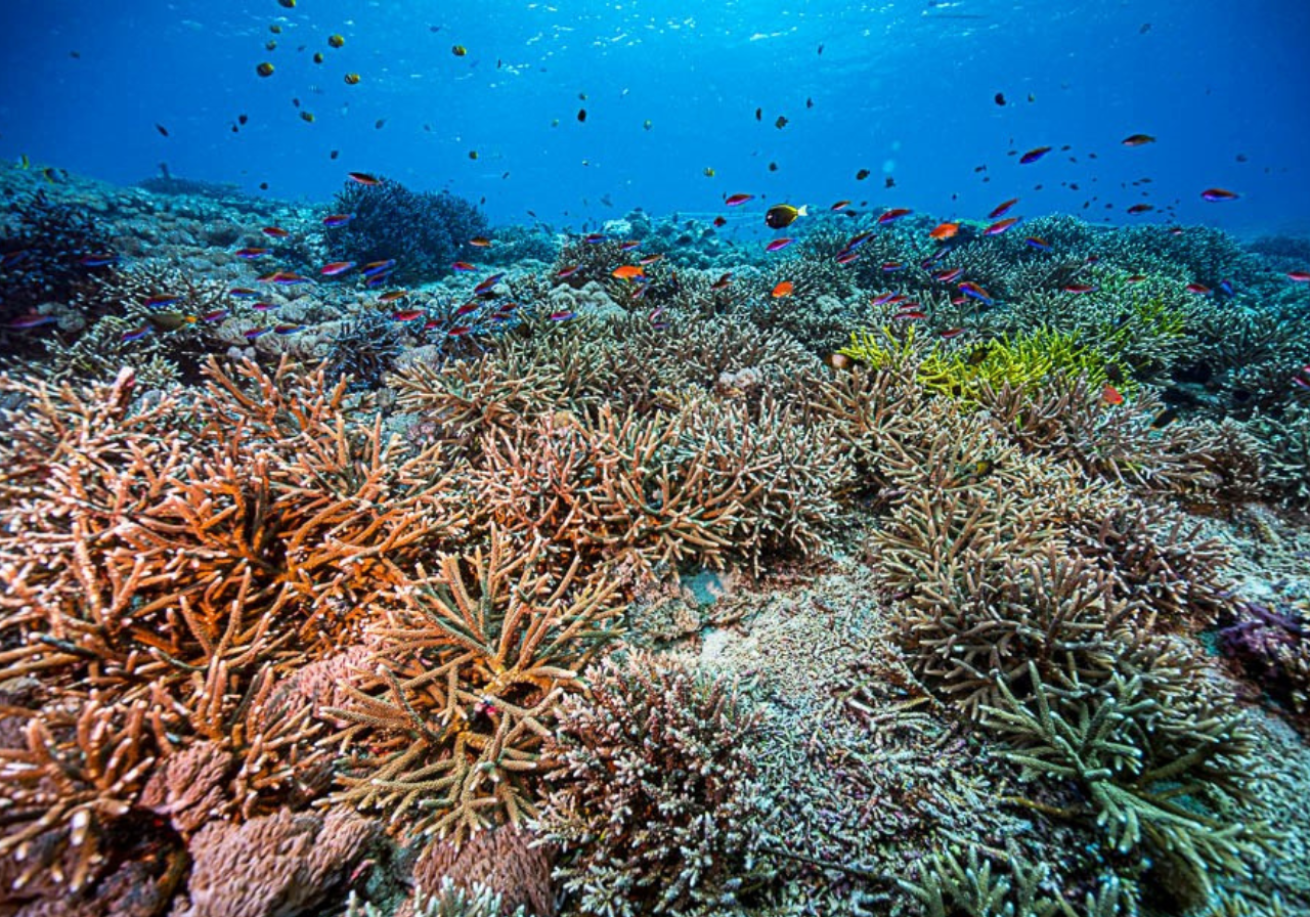
Courtesy of Ocean GardenerDiving deep into marine conservation, Ocean Gardener is a beacon of hope for coral reefs.
Nicole Helgason will tell you she never intended to be a scuba diver.
“I grew up in Vancouver [British Columbia, Canada] and had never been to the ocean,” she says. “My grandparents lived in Saskatchewan, and I spent my summers going to their farm and playing in the garden.”
In 2006, when she was 20 and traveled to the Dominican Republic, she took a job working in a dive shop, selling boat tours and staying completely dry. “There was no way I was ever going diving,” she laughs. A persistent friend and seeing that “all the divers were coming back unharmed” convinced her to give scuba diving a chance in 2007. As part of her first dive, she toured a coral restoration project. “I was blown away,” she recalls. “I knew I was going to do this for the rest of my life.”
She soon became a dive instructor and began educating her students about the corals they were seeing. By 2014, she had become deeply involved in marine conservation while working in Mozambique, and the following year, she began writing and blogging about corals. It’s not an exaggeration to say that she had become obsessed with the colonial organisms that are the backbone of reefs and provide a home to more than a quarter of the marine species found on Earth. She was totally hooked.
“I started having this vision that one day, I’m going to be traveling the world and teaching people about corals,” she says. She discovered her “tribe” among aquarium hobbyists and began writing a blog for the aquarium industry.
Making Her Dreams a Reality
In 2018, she joined Ocean Gardener, a marine conservation NGO based in Bali, Indonesia. (It was also around the time she began writing the “Coral Spotter” column in Scuba Diving magazine, to help readers develop their coral ID skills.) She credits Vincent Chalias—“the other half of Ocean Gardener”—with recognizing the talents she brought to the table. Chalias had undertaken starting and nurturing coral nurseries off the island of Bali, but he needed help.
The two began by designing a course, creating videos and producing slates. They sold their course bundles to dive shops and resorts and offered support in training instructors and setting up coral nurseries. “That’s how [the Ocean Gardener model] started,” Helgason says.
Today, Ocean Gardener’s basic course is taught in dive shops In Indonesia, and the advanced Coral Reef Restoration Course—an immersive, four-week program that encompasses coral identification, coral gardening restoration, and nursery building, maintenance and monitoring—is taught in three locations around Bali. The NGO is responsible for planting more than 100,000 coral fragments. “It’s just exploded,” says Helgason.
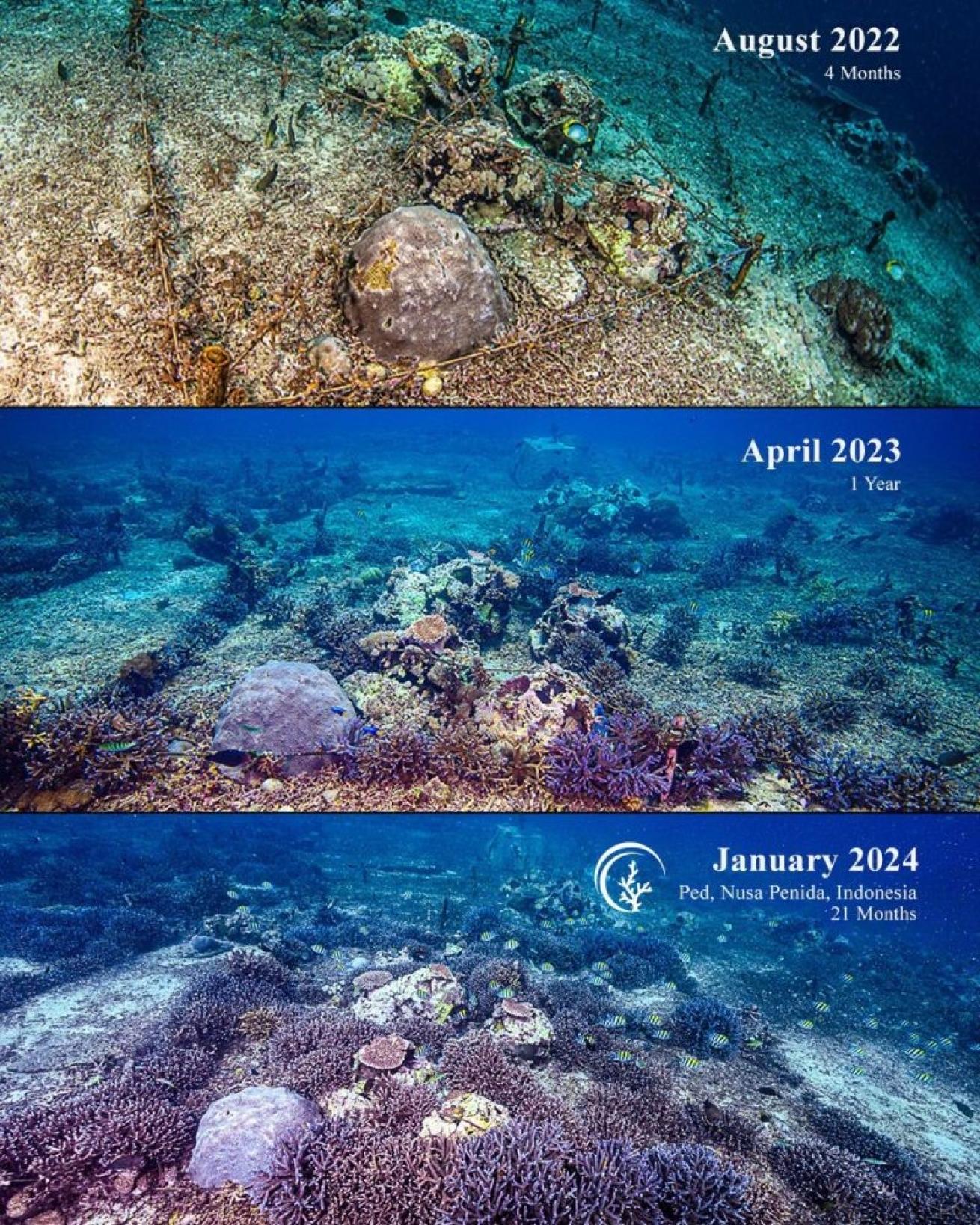
Courtesy of Ocean GardenerSince 2016, Ocean Gardener has planted over 100,000 coral fragments and counting back to the reef.
Support from Shearwater Research
As any nonprofit can tell you, that kind of success doesn’t come without sponsors and supporters. Shearwater Research is among the partners helping Ocean Gardener achieve its goals. The award-winning dive computers manufactured by Shearwater are used by both sport and technical divers, but the company is also committed to helping organizations that are a beacon of hope for coral reefs and marine conservation.
“The work of Ocean Gardener and other coral restoration projects is so important,” says Josh Horoshok, Vice President of Sales and Marketing at Shearwater Research. “Not only are they making a difference in the health of the marine environment, but they are enabling local communities and building capacity for future improvements. We’re happy to support their work and provide equipment for their organization.”
“Since 2016, Shearwater has always been a great supporter of mine,” Helgason says. “They’ve given me computers, and now they’re providing two computers a year for Indonesian marine biologists who are participating in our scholarship program.”
The Shearwater computers are an invaluable part of the coral monitoring aspect of Ocean Gardener’s work. The group’s photogrammetry efforts and “Rapid Reef Assessments” allow the team to observe and record the restored and natural reef ecosystem to assess reef health, evaluate the effectiveness of restoration methods, and identify any potential issues threatening the corals. The dive computers’ data, such as depth and water temperature, contributes to the group’s understanding of what’s working.
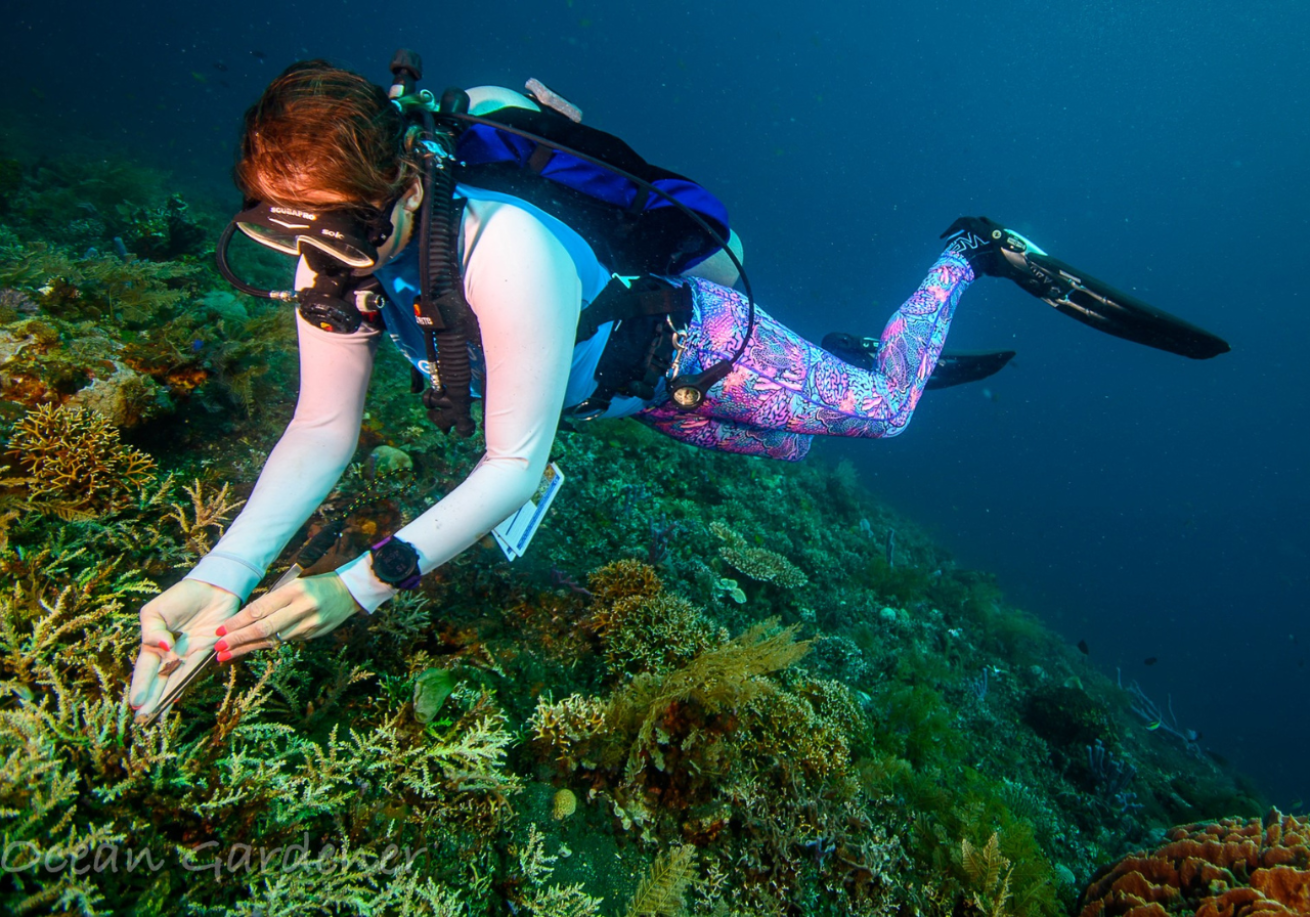
Courtesy of Ocean GardenerThe computers, provided by Shearwater, are a crucial component of Ocean Gardener's coral monitoring efforts.
A Community Effort
The Indonesian coral restoration projects have enjoyed success in large part to the regular monitoring these reefs receive from people in the local community, says Helgason. “We don’t work with a lot of people. We have 10 or 12 different projects, and we will only choose someone to work with if we know that they can maintain it and manage it properly. They are their own champions. And that’s exactly the point—we train them to do the course and we are there to support them, but they are managing it.”
Planting corals in the wild is a labor-intensive process. “It’s so much work to take care of the corals,” says Helgason. “We are small but we want to have a big impact. Our partners really enable us to just keep working and keep growing corals, so we’re not writing grants and proposals. To have a partner like Shearwater believing in us and supporting us is so important.”
Follow the work of Ocean Gardener:

Courtesy of Shearwater ResearchThe new Shearwater Peregrine TX makes diving easy and streamlined with air integration.
Gear Spotlight: The Air-Integrated Peregrine TX Dive Computer
Shearwater Research’s compact, wrist-style model has an intuitive design.
The all-new Peregrine TX wrist-style dive computer by Shearwater Research combines the user-friendly interface of the company’s large-screen Peregrine model and air integration and digital compass features from its flagship model, the Perdix 2. The Peregrine TX adds so much functionality. Its air-integration capability is compatible with air, Nitrox or 3-gas Nitrox. When paired with a wireless transmitter, Peregrine TX provides consistent updates on your remaining gas and bottom time at depth.
Related Reading: The Benefits of an Air-Integrated Dive Computer
The two-button interface allows for straightforward navigation. Accessing the menus is easy thanks to its intuitive design. The screen is a backlit, full-color LCD screen, measuring 2.2 inches across. It’s easy to read in low-light and low-visibility environments. The body has a rubber over-molded section to protect the recessed screen from damage.
The Peregrine TX also connects via Bluetooth® to the Shearwater Cloud so you can log your dives online (it includes internal storage for around 400 hours of dive data). The built-in digital compass features 3-axis stability to compensate should your wrist tilt.
For added convenience, the Peregrine TX recharges wirelessly. The factory-replaceable, rechargeable Li-ion battery provides around 30 hours of dive time, depending on screen brightness and other factors.
Whether you’re a recreational sport diver or curious about more technical pursuits, the Peregrine TX is for you.

